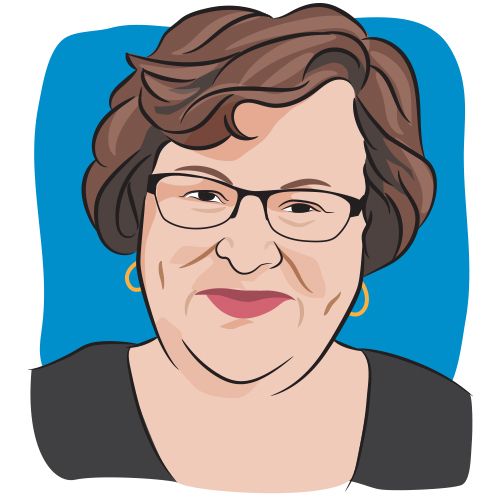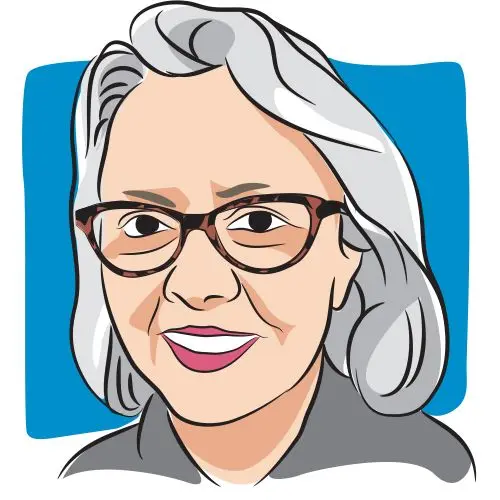Article
FDA Approves Breyanzi for Previously Treated Large B-Cell Lymphoma
Author(s):
The FDA approval of Breyanzi, a CAR-T cell therapy, offers patients with relapsed/refractory lymphoma the opportunity for long-term remission, and hope for a cure, one expert said.
The Food and Drug Administration (FDA) approved Breyanzi (lisocabtagene maraleucel) — a CAR-T cell therapy — for the treatment of certain patients with previously treated large B-cell lymphoma, including diffuse large B-cell lymphoma (DLBCL) not otherwise specified, high-grade B-cell lymphoma, primary mediastinal large B-cell lymphoma and follicular lymphoma grade 3.
To be eligible for treatment, patients must have refractory disease to frontline chemoimmunotherapy or relapsed within a year of chemoimmunotherapy or have refractory disease to frontline chemoimmunotherapy or have relapsed after chemoimmunotherapy and are not eligible for hematopoietic stem cell transplant.
“Breyanzi represents a remarkable advance over a nearly 30-year standard of care, providing significantly improved efficacy with a well-established safety profile,” said Dr. Manali Kamdar, lead investigator of the TRANSFORM study and clinical director of lymphoma services at University of Colorado Cancer Center in Denver, in a press release.
The approval is based off findings from the phase 3 TRANSFORM study, which compared Breyanzi (given to 92 patients) to standard of care, which consisted of salvage immunochemotherapy and, if the disease responded, high-dose chemotherapy and hematopoietic stem cell transplant (92 patients).
Findings showed that the CAR-T cell therapy more than tripled event-free survival — defined as the length of time where patients are alive without their disease getting worse or needing another treatment — with an average of 10.1 months and 2.3 months in the Breyanzi and standard of care groups, respectively. On average, patients given Breyanzi went 14.8 months without their disease progressing, compared to 5.7 months for the standard of care group.
Further, 66% of patients in the Breyanzi group experienced a complete response, meaning that there is no evidence of disease after treatment, compared to 39% in the standard of care group.
Additionally, nearly all patients (97%) in the Breyanzi group were able to complete the assigned treatment, compared to only 47% in the standard of care group. Since results were much better in the Breyanzi group, the study parameters allowed patients to cross over from the chemoimmunotherapy group.
“Patients with large B-cell lymphoma whose disease does not respond to or relapses after first-line therapy often face lengthy and intensive cycles of chemotherapy with the goal of proceeding to stem cell transplant,” said Lee Greenberger, chief scientific officer of the Leukemia & Lymphoma Society (LLS), in the release. “As one of the earliest supporters of CAR T since the 1990s, LLS is excited to see the FDA approval of a CD19 CAR-T cell therapy that has moved from later lines of therapy to a second-line option, which offers patients with relapsed or refractory large B-cell lymphoma the potential for long-term remission and the hope of a cure.”
Breyanzi’s use in the second-line setting was also proven in the phase 2 PILOT study, which included 61 patients with primary refractory or relapsed large B-cell lymphoma who were not eligible for stem cell transplantation. In this trial, 80% of patients responded to the treatment, with more than half (54%) experiencing a complete response. On average, the duration of response was 11.2 months.
When it comes to side effects for CAR-T cell therapies like Breyanzi, the most common ones are neurotoxicity and cytokine-release syndrome, where the body releases too many inflammatory molecules called cytokines. While these events can be dangerous, the majority seen in TRANSFORM and PILOT were low-grade (minimal severity) and able to be resolved quickly with standard protocols.
Any-grade cytokine-release syndrome was experienced in 45% of patients who were given Breyanzi, with grade 3 (severe) cytokine-release syndrome occurring in 1.3%. On average, the onset of cytokine release syndrome happened at day 4 (range: 1-63 days).
Twenty-seven percent of patients experienced a neurologic side effect, with 7% experiencing grade 3. Neurotoxicity lasted an average of six days (range: 1-119 days).
“This important milestone reinforces the benefit of offering a CAR-T cell therapy option to patients earlier in their treatment journey and it’s critical that we begin the work to implement this therapy into standard practice as a second-line treatment in order to help improve outcomes for more patients,” Kamdar said.
For more news on cancer updates, research and education, don’t forget to subscribe to CURE®’s newsletters here.
According to the National Cancer Institute, event-free survival is defined as the length of time after primary treatment for a cancer ends that the patient remains free of certain complications or events that the treatment was intended to prevent or delay. These events may include the return of the cancer or the onset of certain symptoms, such as bone pain from cancer that has spread to the bone.




